Buddha Meaning: From a cheerful monk with a big belly to serene seated figures. What are the meanings of these figurines? Find out in this blog!
Buddha is a figure that represents wisdom, and especially wisdom regarding love, compassion, and enlightenment. Long earlobes, downcast eyes, and a round head are typical characteristics of Buddha statues. However these statues do not always look the same and can be vastly different. Several Buddhist countries have interpreted his appearance in their own way, and after a bit of practice you may be able to identify the origin of a Buddha figurine for yourself!
Do you ever wonder: Which Buddha is right for me? In addition to the differences in style, there are a number of poses that the Buddha takes. Check out the meanings of the poses (asana), hand gestures (mudra), and other attributes to help you choose the perfect Buddha. In this blog you will find an overview of the symbolism behind the different Buddha statues’ meanings!
Is Buddha a God? The Prince Behind Buddhism
Buddha is not a god, but rather a real historical figure! Buddhism started with one man, Siddhartha Gautama. He lived in the 4th or 5th century before Christ and in an area of Northern India that is now part of modern-day Nepal. According to Buddhist tradition, Siddhartha Gautama was born into royalty and possessed everything a man could wish for. When he was 29, the prince decided to leave his palace for the first time. After seeing the reality in the outside world, he came to a realization that nothing in this life is permanent and he went to search for true and lasting happiness. When he was 35, Siddhartha meditated under a bodhi tree for 49 days and attained full enlightenment during this meditation. Thereafter Siddhartha Gautama became known as Buddha, which means “the enlightened one.”
Check Out Our Assortment of Buddha Statues
How to Recognize the Buddha: Countries of Origin
Buddhism spread to many countries over the course of several centuries, leading to many different interpretations of Buddha’s image. In the West we are mainly familiar with images from China, Thailand, and Japan. You’ve probably seen them all before, but do you know which figure comes from where? To get an idea, you can rely on a number of external characteristics to recognize a Buddha from one of the following three countries:
- China
- Thailand
- Japan
Characteristics of the Chinese Buddha (Budai)
With his wide smile, bald head, and round belly the image known as the Chiense Buddha is very recognizable, but not really a Buddha at all! Pu Tai Ho Shang was a Buddhist Monk who lived around the 10th century, traveling and cheerfully spreading Buddhist wisdom. He earned the important title of “Budai.” Due to his unique look and importance as a Monk, he has earned himself nicknames like Fat Bellied Buddha or Laughing Buddha! Budai often carries attributes that are symbolic of his life of wisdom and travel, such as a beaded necklace or a duffel bag.
How to Recognize a Thai Buddha
Statues from Thailand and India, are often highly detailed slender figures. Sometimes the figures sit on a decorated platform with a lotus flowers. A Thai Buddha often wears a bindi between the eyebrows and has a prominent point on his head. this point is an “Ushnisha” or “crown of Buddha” and represents the highest enlightenment.
What Does a Japanese Buddha Look Like?
Japanese Buddha statues have a strikingly serene appearance. These Buddhas have lavish decorations, but the facial expressions are neutral and the eyes are closed. A Japanese Buddha sits in the lotus position and has his hands in mudra. He wears a loosely falling coat, with his chest exposed. Another typical Japanese feature is the bulbous bun shaped Ushnisha on the head.
Poses and Gestures of Buddha
Buddha is most often seated, but there are a number of other positions in which he is depicted. This has nothing to do with beauty or aesthetic, but rather that each Asana has its own specific meaning!
Buddha Statue Sitting or Meditating
When sitting or meditating, Buddha indicates a greater kind of awareness. In this state, materialism no longer matters.
Standing Buddha Statue
If a Buddha is standing, we are meant to focus on the hand gestures. We often see the Namaste mudra, which is a symbolic acknowledgment of the divine spark in all living beings.
Reclining Buddha
Paranirvada is the official name of the Reclining Buddha. This posture represents the final stage of life of Gautama the Buddha. It is said that while on his deathbed, Siddharta lay on his side with his right hand under his head. This is how he departed our world towards Nirvana – the perfect silence.
Thai Buddha Hand Symbol Meanings
You may have noticed that especially the Thai Buddha Statues place emphasis on the hand gestures. In Buddhism these gestures have a deeper spiritual meaning. According to many, the position of your hands during mediation can even have an effect on your body and mind. There are said to be more than a hundred different symbolic hand positions that Buddha makes. Some of the best known and their meanings are:
- The Gyan or Dhyana mudra: the thumb and index finger touch each other, which symbolizes wisdom
- The Varada mudra: the five fingers represent the five perfections
- The Bhumisparsha mudra: calling the earth as a witness
- The Abhaya mudra: the sign of fearlessness
- The Vitarka mudra: the circle symbolizes eternally flowing energy
- The Dharmachakra mudra: stands for education
In Buddhism, both your left and right hands, each finger, and even your fingertips have specific meanings. Every small detail is important when looking at a Buddha hand, meaning that sometimes you need to look closely to decode the symbolism. A neat way to practice would be to find out why Buddha often has one hand in his lap and the other in a mudra. A kind of mudra puzzle to try for yourself!
Chinese Buddha Statues Meaning: Attributes
Asana and mudra are clearly important, but other symbols often accompany Buddha like an attribute, animal, or child. As you might have expected, these – just like the buddha hands – each have a specific meaning. One Buddha in particular that has many possible attributes is the Chinese Happy Buddha, meaning that it is important to understand all of these objects and their symbolism. Some of his most famous items are:
- Beaded Necklace or Mala: Infinite Meditation
- Ball: Wealth and Prosperity
- Duffel Bag: Safe Journey and Personal Quest
- Yuni: Realization of Wishes
- Parasol: Happy Family
- Lotus flower: Beauty, Purity and Charity
- Peach: Togetherness and Eternal Life
- Gold Nugget: Prosperity and Happiness (often resembles origami boat)
- Jar: Abundance and Happy Life
- Coins: Wealth and Prosperity
- Turtle: Attention, Health and Strength
- Fish: Peace and Abundance
- Children: Fertility and Happiness
Where should a Buddha stand?
According to experts you never own a Buddha, but rather borrow it so it is important to place the statues in a place of respect. Even the direction that Buddha faces can be important! This is especially true of the Laughing Buddha, meaning that if you want to feel his lucky power, you should try to place him in the eastern part of a room. Luckily, on our website you can buy a Buddha Statue as a large head of 30 cm high or small Buddha statues of 3 cm, so for any space that you want to place him, we have a Buddha that is the right size for you!
Maybe you’d like to use a Buddha to improve Feng Shui. Or perhaps you would like to create an altar where you place the figure in the center, surrounded with your favorite Scented Candles and Gemstones. Or you can place it in your meditation space. When you start your Mantra Meditation session, sitting on a comfortable Meditation Cushion, you could focus your attention on the image. There are plenty of ways to enjoy a Buddha in your home.


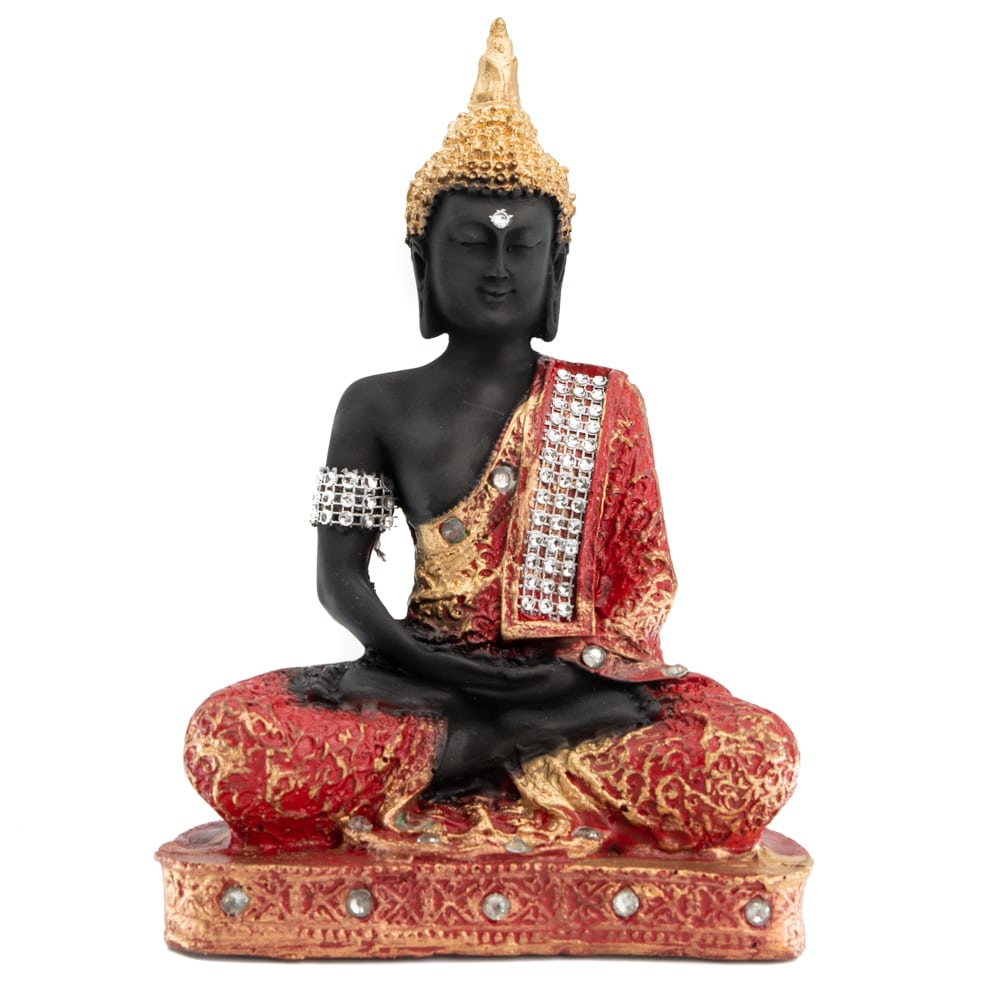
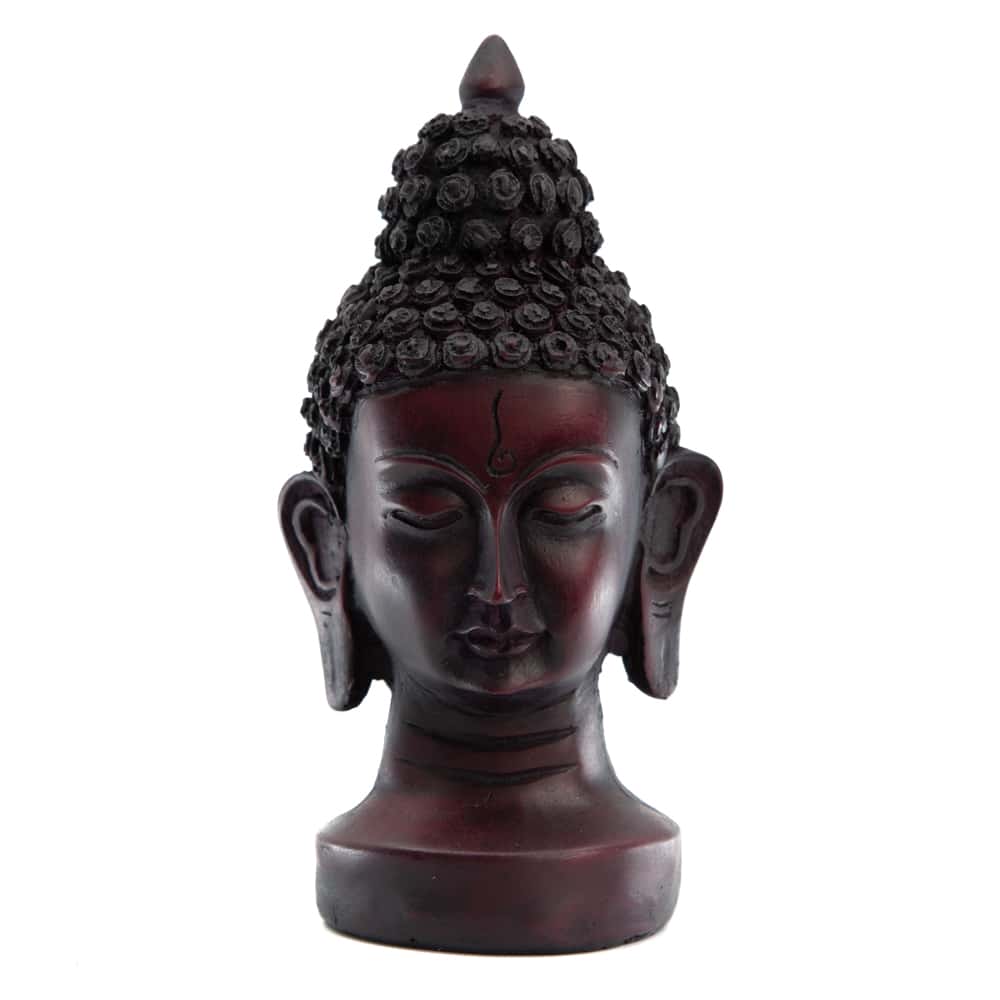
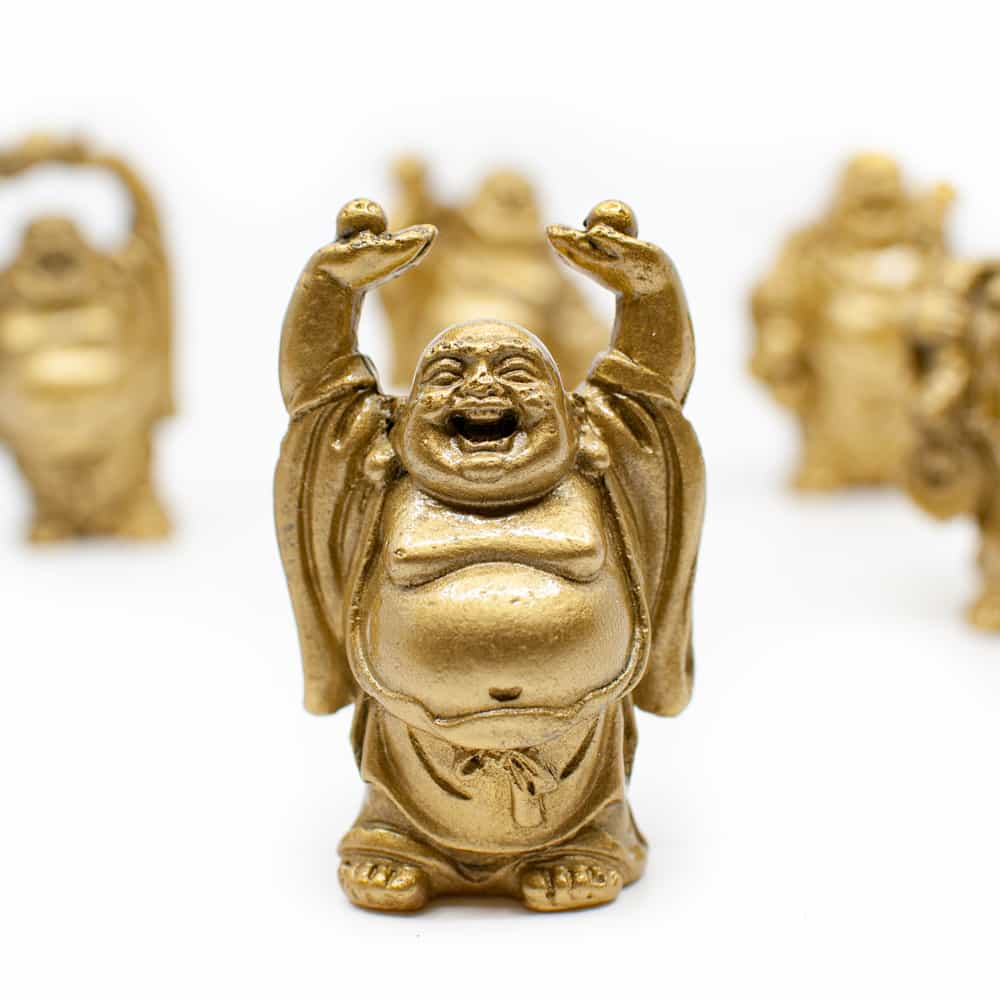
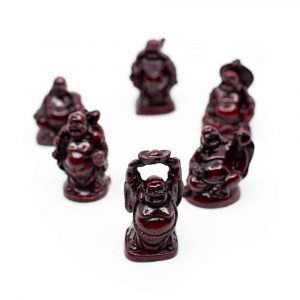
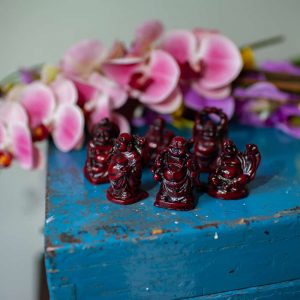
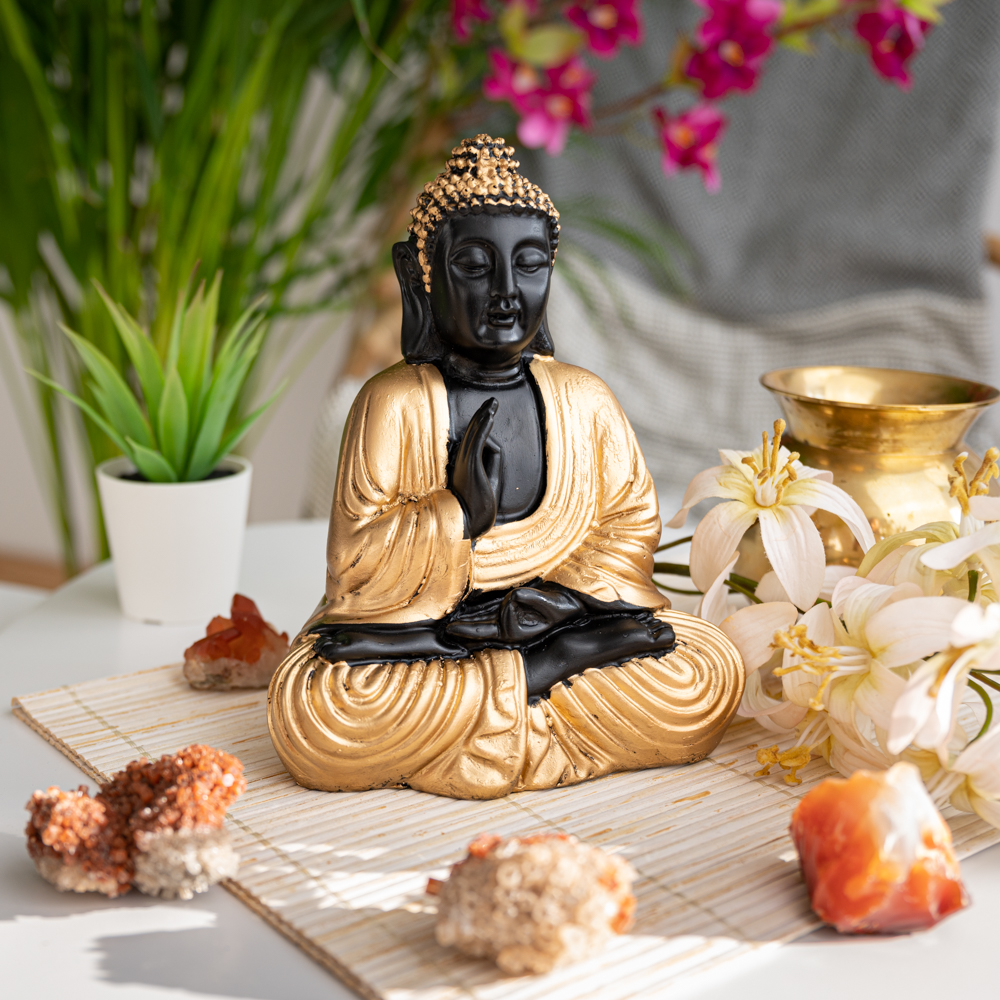
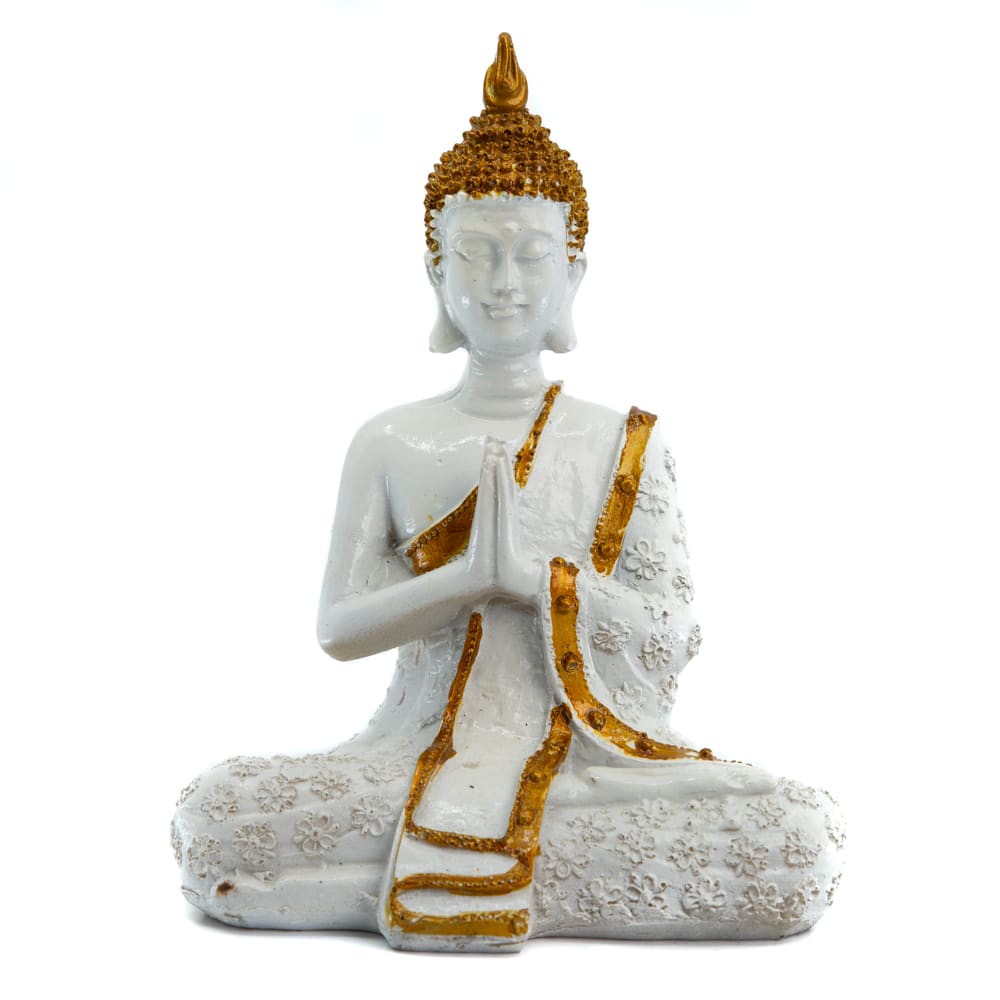
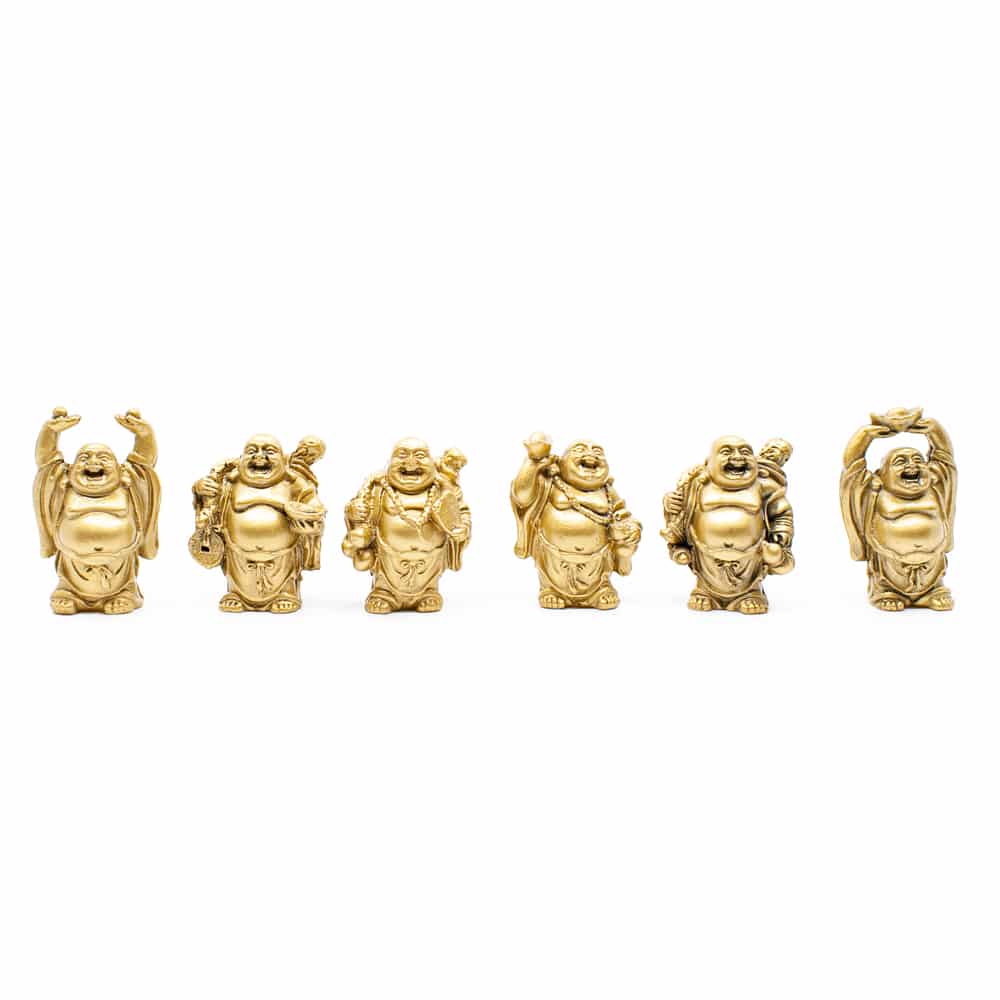
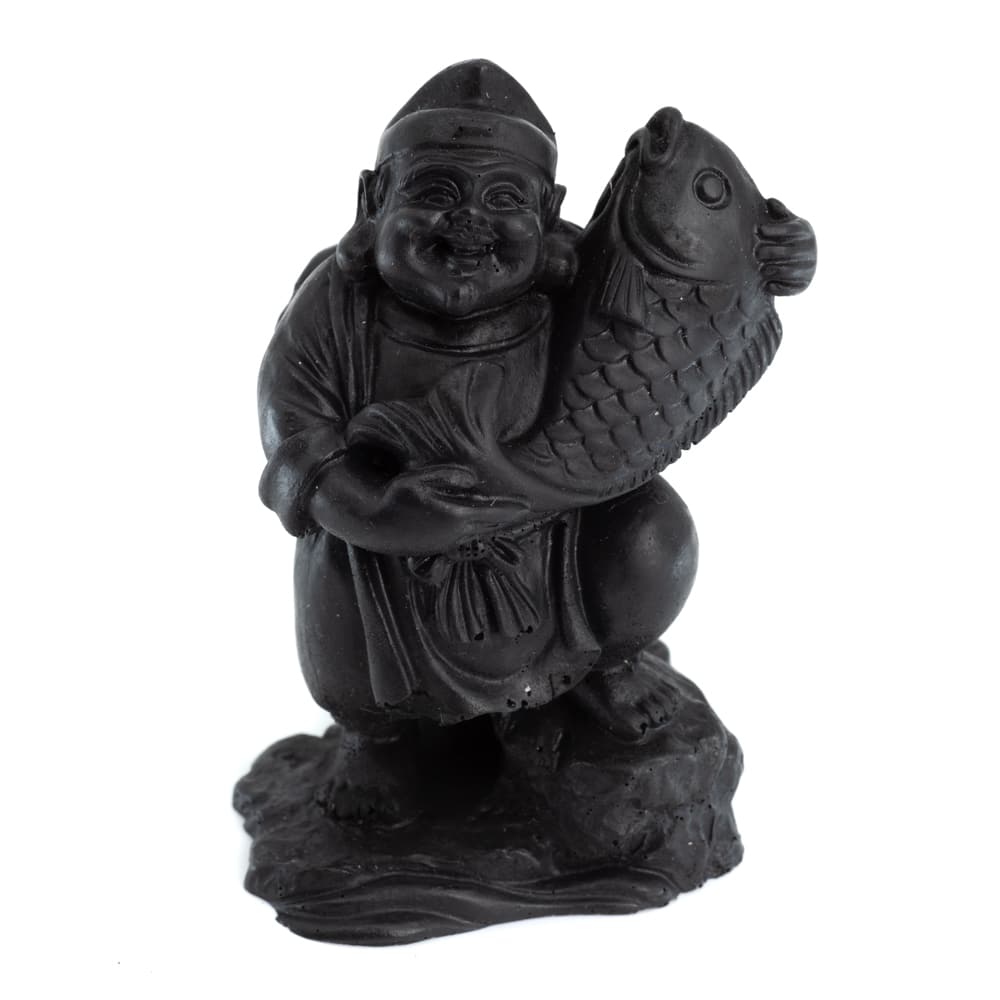
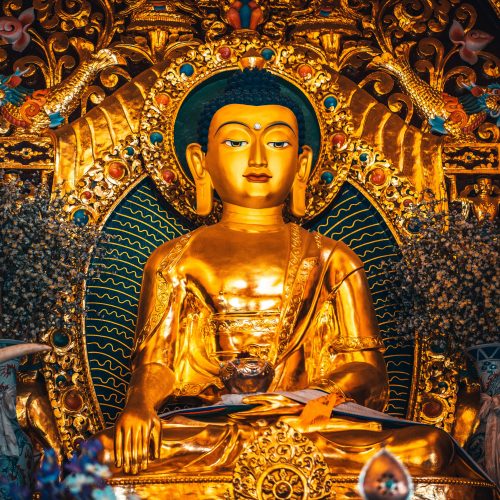

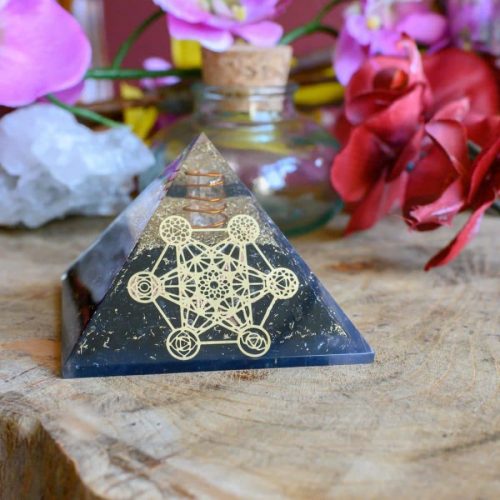

 Nederland
Nederland
 België
België
 Deutschland
Deutschland
 Europe
Europe
 España
España
 Sverige
Sverige
 Français
Français